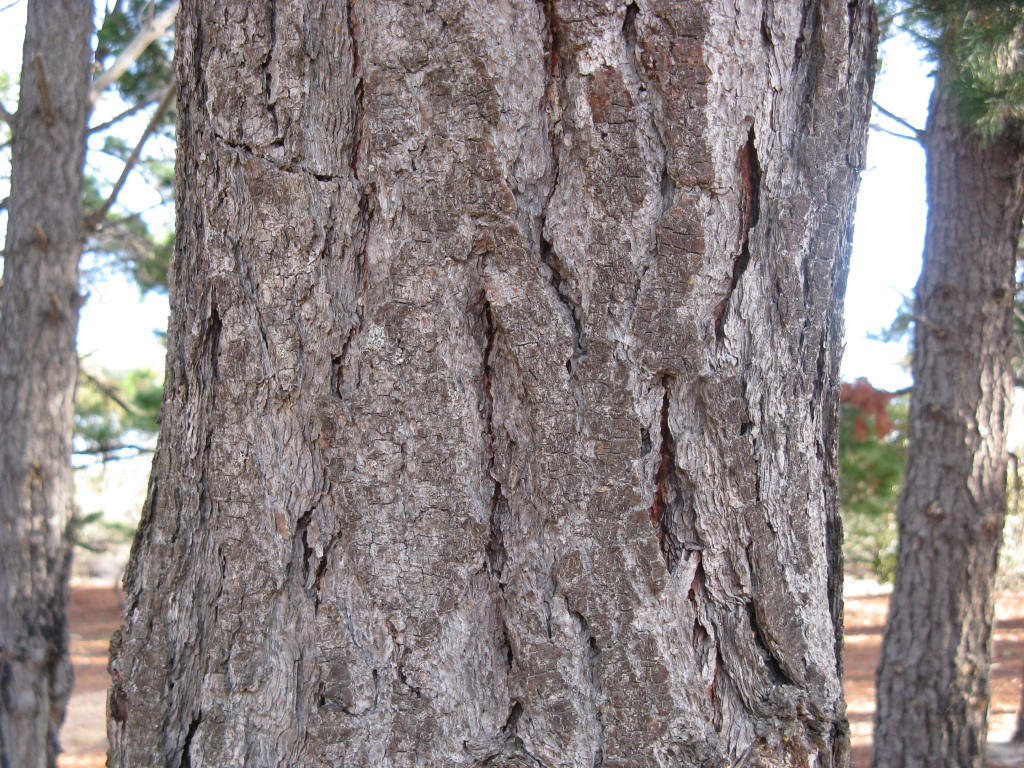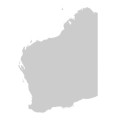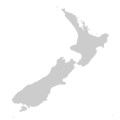Pinus pinaster
Sol. Pinaster PineTree up to 40 m tall. Bark reddish-brown, in plates, deeply fissured. Winter buds 18–25 mm long, not resinous; scales deciduous, fringed and recurved. Leaves in pairs, usually 15–30 cm long, dark green. Female cones 1–3(rarely more) together, sessile, bright-brown, shining, ovoid-conic, 9–25 cm long, usually deciduous; exposed portion of scale angular with prominent conical dorsal protuberance. Seed with a well-developed wing.
MuM, GleP, Brid, VVP, GipP, OtP, WaP, Gold, CVU, GGr, DunT, HSF, Strz. Also naturalised in WA, SA, NSW, ACT, Tas. Native to the western coast of the Mediterranean. Often planted as windbreak in southern Victoria where windblown seed spreads it into neighbouring forest.
Pinus pinaster is the major source of turpentine in France.
Entwisle, T.J. (1994). Conifers (Pinophyta). In: Walsh, N.G.; Entwisle, T.J., Flora of Victoria Vol. 2, Ferns and Allied Plants, Conifers and Monocotyledons, pp. 113–121. Inkata Press, Melbourne.
 Spinning
Spinning




